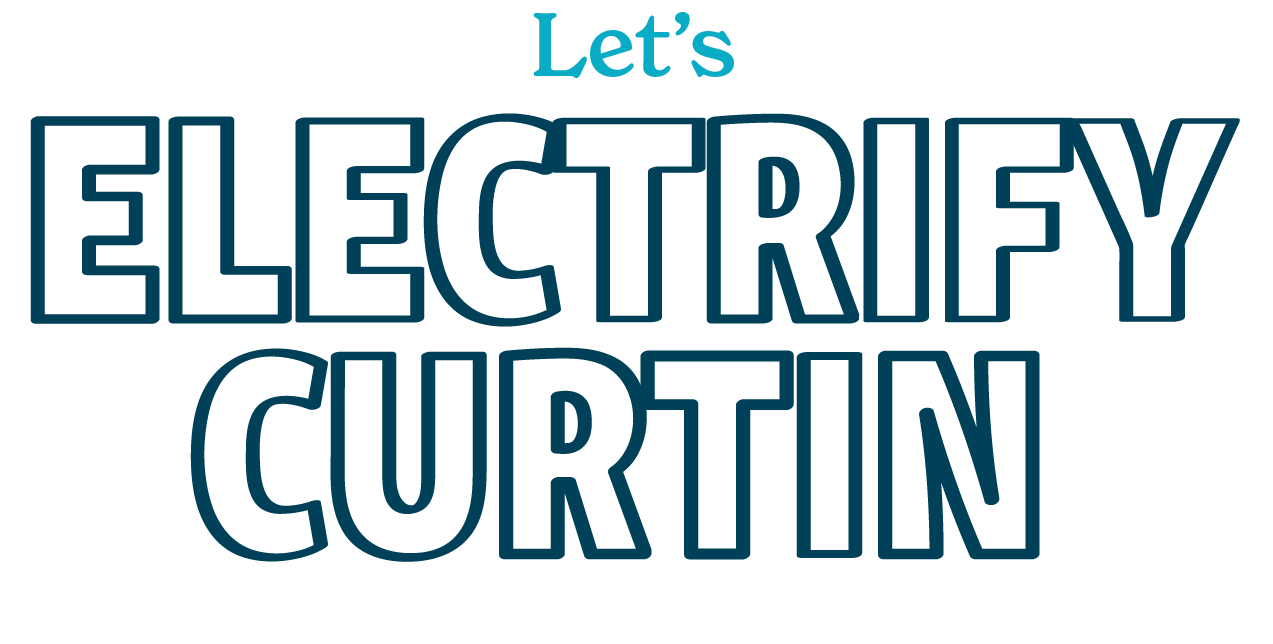RENTERS
Efficiently electrifying rental homes.Improving affordability and home comfort.
Efficiently electrifying rental properties can lower energy bills, improve health and home comfort and reduce emissions.As a renter, there are lots of free and affordable actions you can take that will reduce your energy bills and make your home more comfortable.
Explore energy efficient home habits, appliances, minor building improvements and electric transport.
Lower energy bills
Better health and home comfort
Emissions reduction
Rental properties are often more energy inefficient than owner-occupied homes, forcing you to spend more of your income on energy bills.
BENEFITS
PLANNNING AND PRACTICALITIES
First up is knowing your options as a renter.Improvements that can be made by renters include:
Energy efficient home habits
Energy efficient appliances
Sealing gaps and draughtproofing
Improving window coverings
Electrification of some gas appliances
Electric transport
Some greenery and shading
Improvements that your landlord is responsible for:
Some energy efficient appliances
Energy efficient building features, like roof or wall insulation and double glazing
Greenery and shading
Rooftop solar and battery systems
Electrification of gas appliances
Charging stations for electric vehicles
ASSESSING YOUR HOME AND SITUATION
When deciding what options you want to pursue, consider your the following questions:
How long do you plan to stay in your current rental? Some changes you can take with you, others you’ll have to leave behind.
What efficient electrification features does your home currently have? Take an inventory of everything you know (and figure out what you can ask your agent/landlord).
What in your rental belongs to you and what belongs to the landlord? If you own the appliances, it’ll be easier to upgrade them.
What’s your budget for upgrades? How quickly do you need to recoup your investment? How much do you currently spend on energy bills? If money is tight, there are plenty of free and affordable improvements that will immediately reduce your energy bills.
What’s your relationship with your landlord/agent like? Might they be willing to make improvements to the building that will increase its value as well as benefit you?
How makeshift are you willing to be? There are several DIY hacks for improving energy efficiency, such as bubble wrap on windows, that work great for just a few bucks. Unfortunately, they won’t be very pretty!
FREE AND AFFORDABLE IMPROVEMENTS
Energy efficient home habits don’t cost a cent. If money is tight, this is the best place to start.
On hot summer days, close your windows and blinds to keep the heat out. Open up when the sea breeze comes in to cool the place down. Do the opposite in winter.
Close doors and only heat or cool the rooms you’re using. Even better, just warm up yourself with an electric blanket or hot water bottle!
Synergy’s Midday Saver Tariff charges only 8c per unit for electricity from 9am - 3pm, when all the rooftop solar power floods the grid. If your routine allows you to switch your major consumption away from the evening peak (3pm - 9pm), this is worth a try.
Minor modifications, such as draughtproofing, thermal-backed curtains or cellular blinds can significantly cut energy bills.
Door and window seals cost ~$25 for 20m.
Windows lose around 30% of heating energy and gain about 75% of summer heat. Blockout curtains or blinds cost from around $20 per window. Tightly fitted cellular curtains significantly reduce heat loss and gain, with up to 20% energy savings. Ready-made versions start at $40 per blind (from IKEA).
If that’s still too much, bubble-wrap taped over a window works as a DIY version of double glazing, by trapping a thin layer of air. Just pick windows you don’t need to see out of!
CHANGES YOU CAN TAKE WITH YOU
Energy efficient home habits and energy efficient appliances are portable. You’ll take them with you when you move, so it’s worth investing the time and effort to get them right.
Electric transport, such as EVs, e-bikes, e-trikes and e-scooters also belong to you. If petrol costs are a financial stress, and your daily commute isn’t too far, consider trying an e-bike or scooter.
If you’re looking for a new car, consider an EV. They’re one of the best ways to reduce your emissions, and will be a smart financial investment long term.
If indoor pollution from gas appliances is a concern, a portable induction cooktop would let you cook gas free in this home and the next!
Thermal-backed curtains can easily be hung up in place of existing curtains (put them in a cupboard to store) and switched back out when you move.
MAKING MINOR UPGRADES
WA’s recent rental reforms (July 2024) have made it easier for renters to make minor upgrades.
As a tenant, you can now seek permission from your landlord to do the following energy efficiency improvements:
add flyscreens on doors and windows (allowing you to open windows and doors for natural ventilation)
draughtproof the home (sealing gaps around floors, windows, doors, etc.)
install LED light bulbs that do not need new fittings,
add window coverings like curtains or blinds, and
add non-permanent window film (qualified tradesperson may be required).
Other sustainable improvements now allowed include:
starting a vegetable or herb garden, and
upgrading to water-efficient shower heads (EE3+stars and where possible),
If you have a long-term rental agreement and plan to stay awhile, it might be worth investing in some of these options.
RESOURCES
GOVERNMENT FUNDING
WA's Household Energy Efficiency Scheme helps households experiencing financial hardship improve their energy efficiency.Eligible households receive tailored coaching and support to reduce energy consumption and costs.


